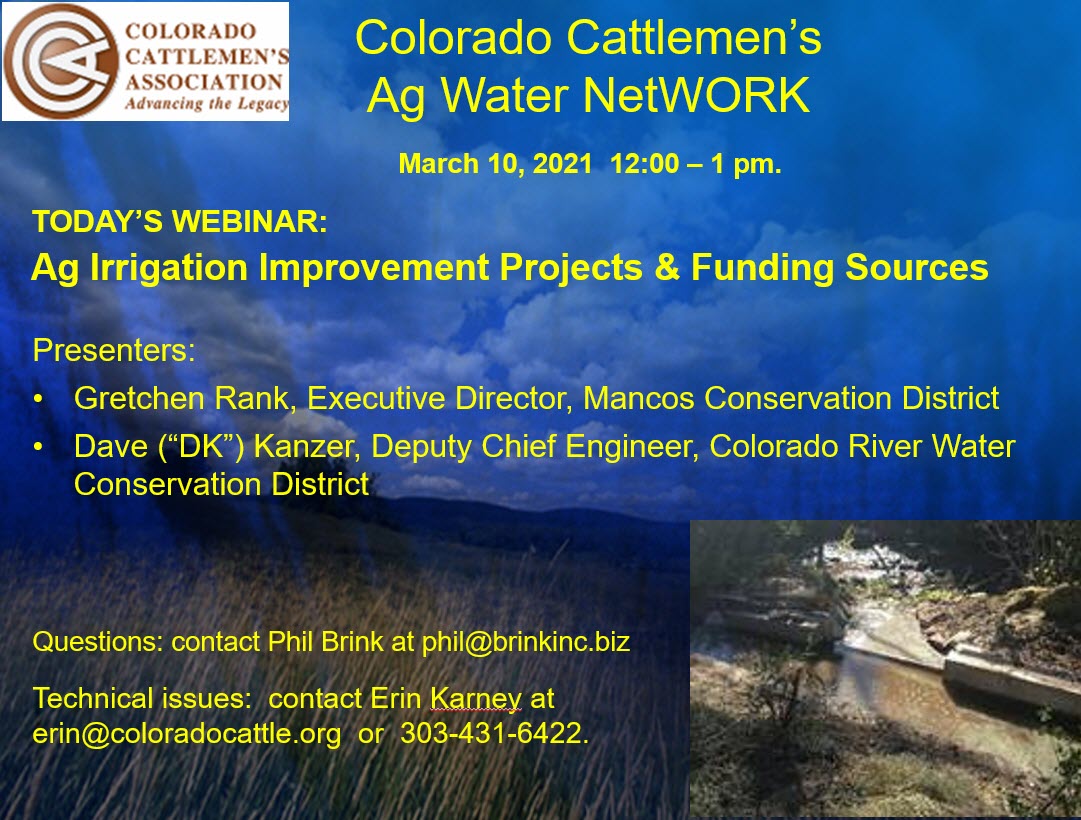158th Colorado Cattlemen's Association Annual Convention
Steamboat Grand , Steamboat Springs, CO
Water Committee Meeting, June 23rd, 2025
8:00 - 10:00 am
Presenter: Professor Ryan Bailey, PhD, CSU Civil and Environmental Engineering Department
on
Flood Irrigation and Stream Recharge - Hydrologic Study Results of the White River Basin
Topics:
- Why and how was the study conducted?
- How does irrigation-induced stream recharge work?
- How much diverted irrigation water returns to the river system?
- What are the important takeaways from the study?
- Q and A
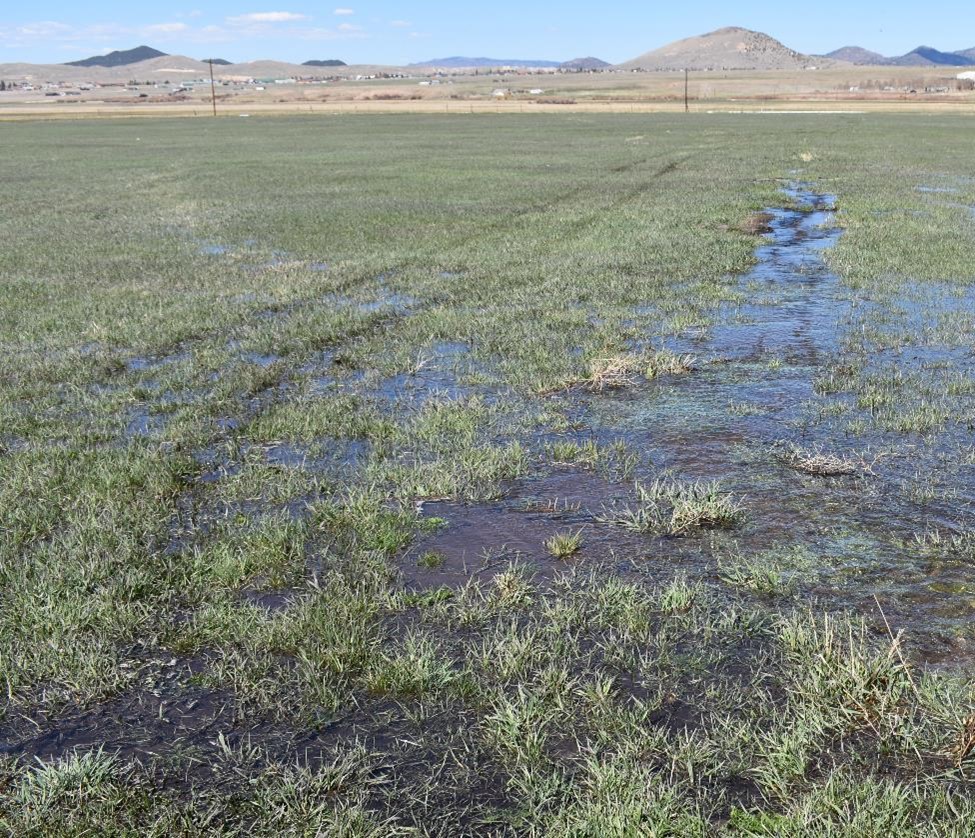
View the recorded WEBINAR
CSU Water Quality Results from Irrigated Mountain Meadow Monitoring
Recorded February 20, 2025
Presenters: A.J. Brown, CSU Ag Water Quality Program Data Scientist,
and Greg Peterson, CAWA
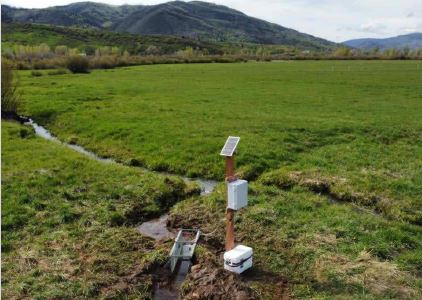
Recorded Webinar: December 11th, 2024
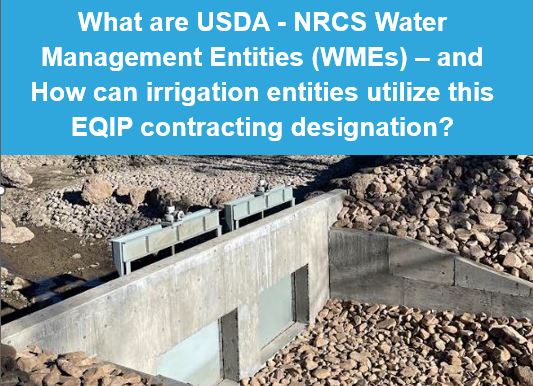
Presenter: Liz With, USDA-NRCS Assistant State Conservationist for Partnerships and NRCS Program Staff members Kindra Bradner and Stacey Eskew
Webinar Highlights
WME Eligibility Matrix
FSA Business Types & Codes
USDA - NRCS EQIP Ranking Pool Information
EQIP Application
Recorded Webinar: October 23rd, 2024
Webinar Highlights
View the Recording of the
CAWA Ag Drought Resilience Grant Program
Webinar
Recorded 11/1/2023

Presenter: Greg Peterson, Colorado Ag Water Alliance (CAWA)
View the
Easements and Right-of-Way Webinar Recording
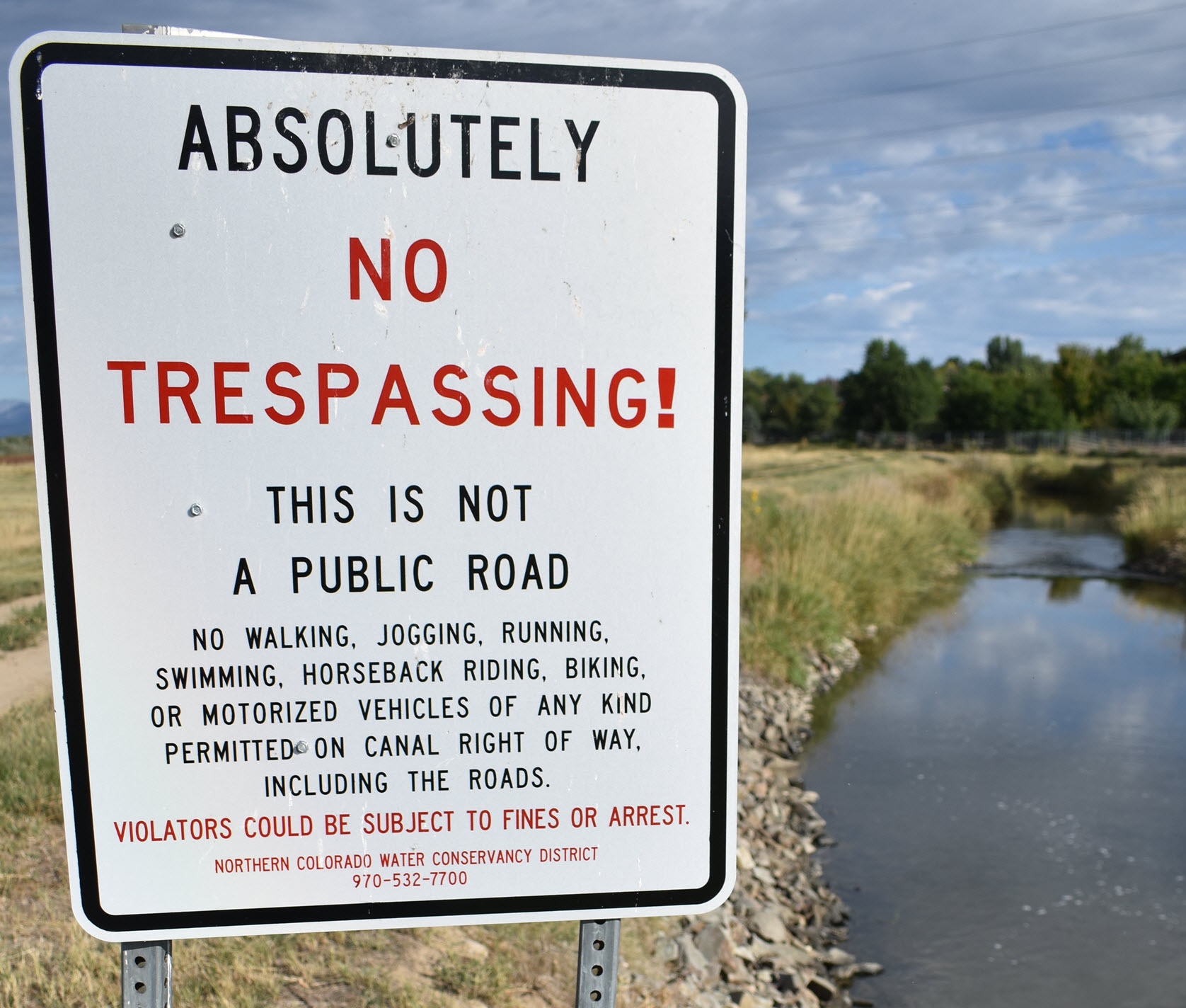
Recorded September 19, 2023
Presenters:
Sara Dunn, Esq., Balcomb and Green Law Firm
Craig Ullmann, P.E., Applegate Group, Inc.
Branden Effland, P.E., Summit Water Engineers, Inc.
Topics:
- What are Easements and what are the different types of easements used in Colorado?
- Crossings and License Agreements and how they differ from Easements
- Protecting Easements and Right of Ways
- Types of ditch encroachments and ways to address them
- Dealing with conflicts with adjacent landowers and public trespass
View the Webinar HIGHLIGHTS
View the 'Colorado Master Irrigator Program' Webinar

Recorded Tuesday, April 4, 12:00 to 1:00 pm
Presenters:
Brandi Baquera, Master Irrigator Program Manager and
Paul Brittain, Farmer and Master Irrigator Program graduate
Topics covered:
- Overview of the program (Brandi)
- Knowledge gained (Paul)
- Changes made and differences observed on the farm since taking the course (Paul)
- Discussion and Q & A (Brandi and Paul)
View the Webinar.
Read the webinar Highlights.
View the Colorado Water Plan webinar
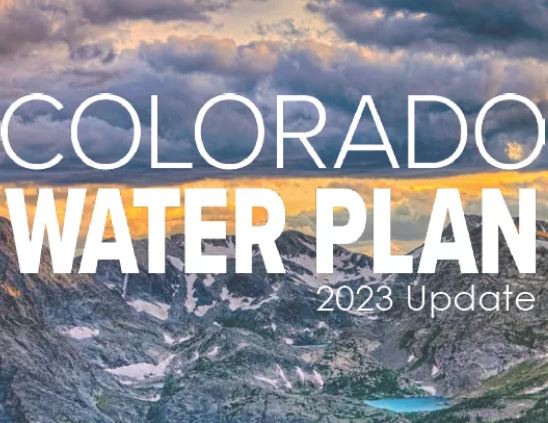
Recorded: Thursday, January 19, 2023
Presenters: Nora Flynn, Colorado Water Conservation
Board (CWCB) Senior Agricultural Water Specialist and Amy Ostdiek, Section Chief of the Interstate, Federal and Water Information Section, CWCB
Topics covered:
- Ag-focused elements of the updated Colorado Water Plan
- The Colorado River Basin dilemma and where Colorado stands
- Funding for agricultural water projects
View the Webinar.
Read the webinar Highlights.
View the Drought Resilient Forages recorded webinar.
Recorded: Dec. 20, 2022 12:00 PM Mountain Time (US and Canada)
Presenter: Don Hijar, Agronomist and Owner, Pawnee Buttes Seed Inc.
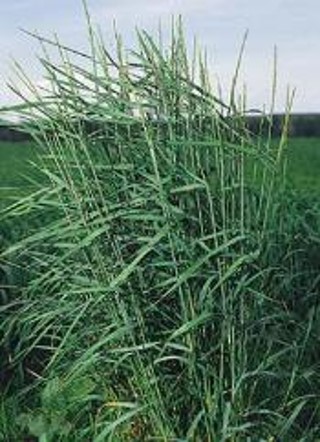
Topics covered:
• Sod-Bound: The Dreaded Surface Thatch Layer - Causes and Solutions
• Drought Tolerant Seed Mixes for Irrigated and Dry Land
• Does Inter-seeding Work?
Plus Q & A at the end.
View the Webinar.
Read the webinar Highlights.
CWA Section 404 "Dredge and Fill" Regulations and Exemptions for Agriculture
As a wrap-up to our ag water focused webinar series during the winter of 2022, Colorado Cattlemen's Ag Water NetWORK created a series of short videos focused on Section 404 “dredge and fill” exemptions and permits for agriculture. The videos were created from a recent recorded presentation given by Tucker Feyder, Project Manager, U.S. Army Corps of Engineers, Grand Junction, CO office.
The short videos focus on non-regulated activities, specific exemptions for agricultural irrigation and farming practices, and the new Regional General Permit #5, which was created to cover jurisdictional ditch lining and piping, and other related activities.
Descriptions and links to the videos are bulleted below. Colorado Association of Conservation Districts and the Natural Resources Conservation Service also sponsored the videos.
This video covers non-regulated activities under Section 404 and what thresholds have to be met to trigger a 404 permit requirement. Other topics covered include the differences between wetland delineation versus wetland determination.
In July, 2020, the US EPA and US Army Corps of Engineers issued a memorandum indicating that when a jurisdictional irrigation ditch is lined, converted to a pipe, relocated or reconstructed, it triggers the "recapture provision" and a 404 permit is required. Regional General Permit #5 was created to accommodate ditch to pipe conversions in Colorado. If the project involves a government agency such as NRCS, typically no pre-construction notification is required.
Section 404(f) of the Clean Water Act provides exemptions for common agricultural practices. Exempt activities include common farming practices, as well as the construction and maintenance of stock ponds, farm and forest roads and irrigation ditches including appurtenant and functionally related features such as diversion dams, flumes, weirs, headgates, wingwalls, etc. The big exception to the exemption is the ditch lining, piping or relocating requirement for jurisdictional ditches. Speaker Tucker Feyder also explains the “recapture provision,” which triggers a 404 permit requirement.
This is the full presentation, edited for length. It provides additional details on Section 404 of the Clean Water Act (CWA) and contains both regulations and exemptions for agriculture. Also covered are the jurisdictional boundaries of Section 404, and the exemptions for farming, ranching and agricultural irrigation activities. The types of national permits relevant to agriculture irrigation in Colorado - including NWP #3 and #13 are also covered – along with Regional General Permit #5.
Recorded Webinar: Drought Contingency & Potential Implications of Compact Curtailment in Colorado
Recorded: February 22, 2022
Presenter: Peter Fleming, General Counsel, Colorado River Water Conservation District
Webinar Highlights
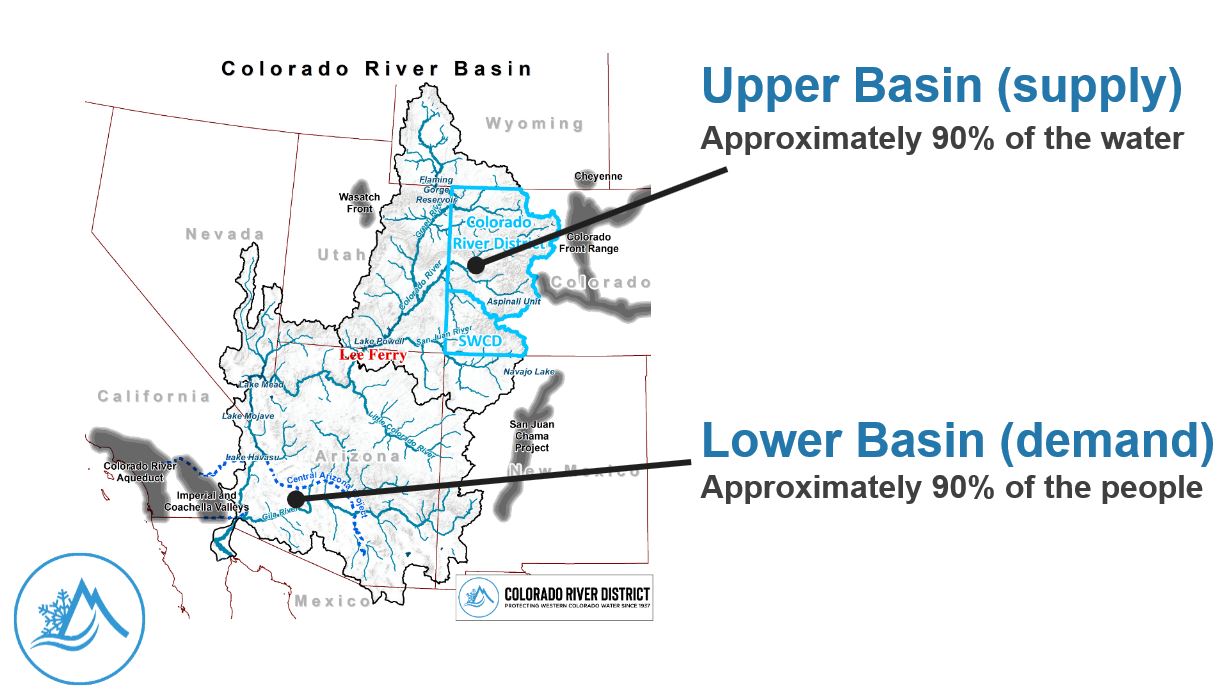
Custer County Conservation District & CCA Public Meeting
March 16, 2022 at 6:30 pm in Westcliffe
(Details here)
U.S. Infrastructure Investment and Jobs Act Funding Resources
US Army Corps of Engineering Funding Summary
US Army Corps of Engineers Funding Details
US Bureau of Reclamation - Initial Funding Details
USDA Wildland fire management ($3.2 B) and Ecosystem Restoration ($2.693 B)
Recorded Webinar: Reclaiming Reservoir Storage
Recorded: January 26, 2022
Presenters: Deana Sheriff (Gurley Reservoir Dam repair)
and Greg Peterson, CAWA (Reservoir Rehabilitation Work Group)
Webinar Highlights
Recorded Webinar (35 minutes)
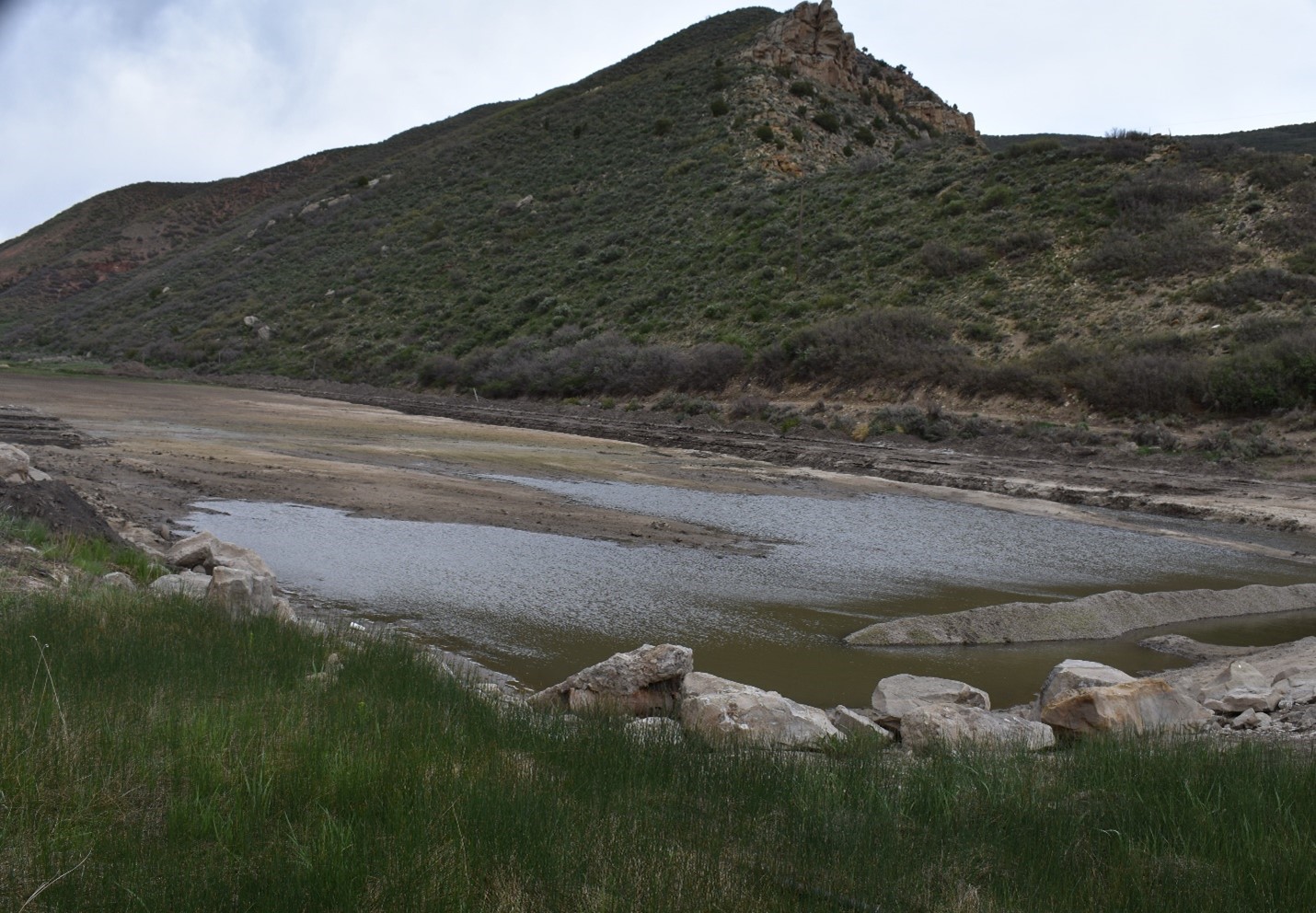
Recorded Webinar: Wildfire Protection Planning & Mitigation
Recorded: January 6, 2022
Presenter: Cindy Williams, Volunteer Co-chair of Envision Chaffee County
Webinar Highlights
Recorded Webinar (54 minutes)
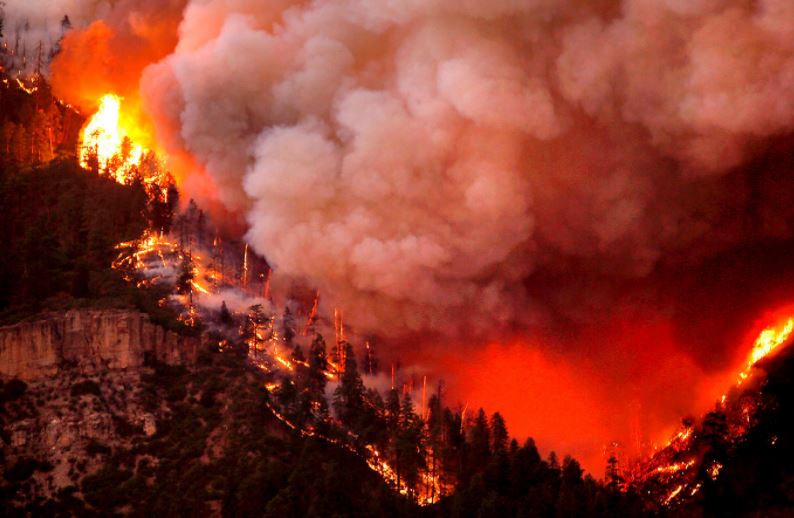
Recorded Webinar: Dealing with Drought on the Ranch
November 29, 2021
Webinar Highlights (1 page)
Webinar (Condensed Version)
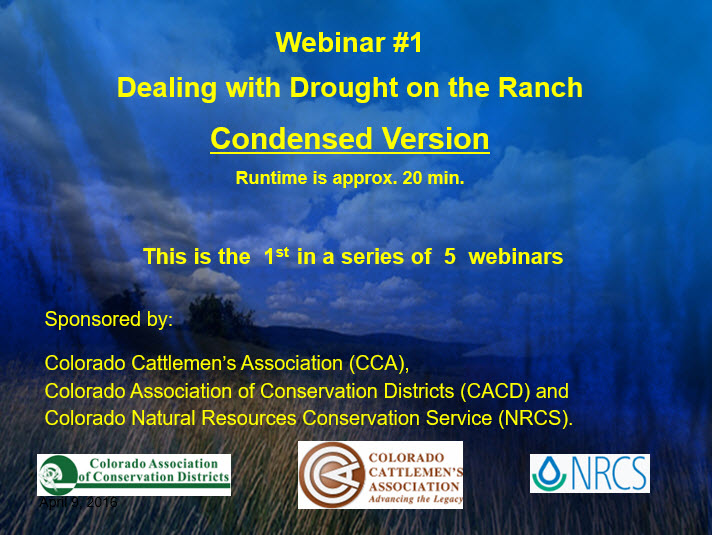
Full Webinar (1 hr. runtime)
2021 Ag Producer Survey Results on Irrigation Infrastructure Needs
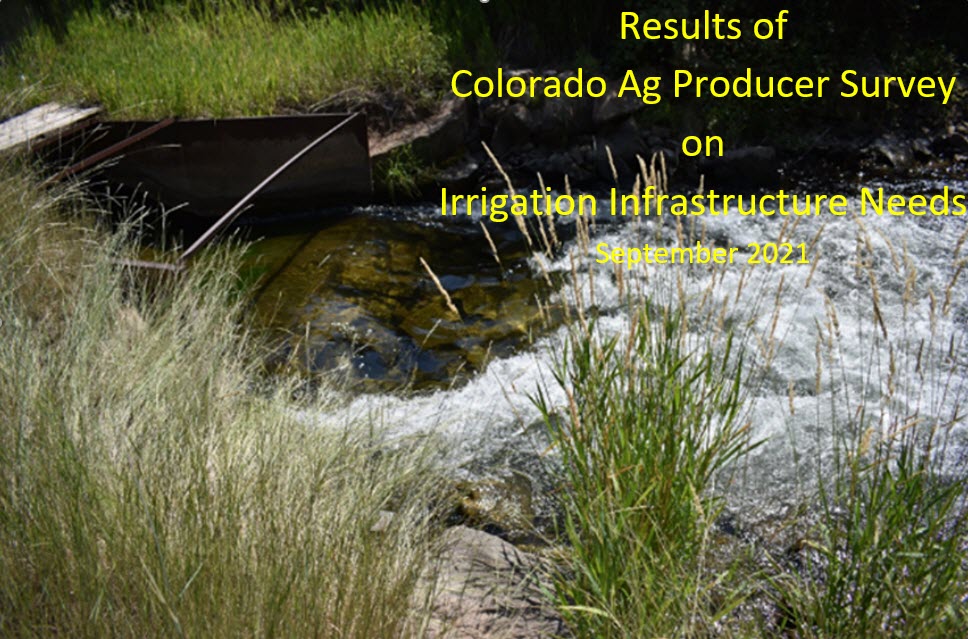
Agricultural Water (virtual) Symposium
Tuesday, May 25, 2021
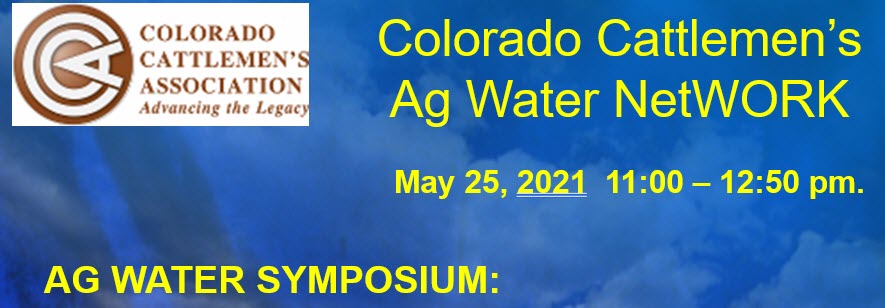
Full Symposium recording
Speaker Presentations
 1) Kindra Brandner, USDA – NRCS EQIP Program Manager, CO. [email protected] (970) 458-3151 Environmental Quality Incentives Program (EQIP) funding for ditch and irrigation companies
1) Kindra Brandner, USDA – NRCS EQIP Program Manager, CO. [email protected] (970) 458-3151 Environmental Quality Incentives Program (EQIP) funding for ditch and irrigation companies
 2) Dr. Perry Cabot, Irrigation and Water Resources Leader, CSU Western Colorado Research Center, Fruita, CO. [email protected] (970) 434-3264 ext. 203 Mountain Meadow Deficit Irrigation (early) Results
2) Dr. Perry Cabot, Irrigation and Water Resources Leader, CSU Western Colorado Research Center, Fruita, CO. [email protected] (970) 434-3264 ext. 203 Mountain Meadow Deficit Irrigation (early) Results
3) John Rodgers, P.E., Colorado DWR HydroBase Coordinator and Corey DeAngelis, P.E., Colorado DWR Division 1 Engineer. How to Secure your Water Right and Navigate Division of Water Resources (DWR) Records for Information:
This presentation will be posted as soon as it is available.
Article: Stock watering and Instream Flow rights - what does HB 20-1159 affirm?
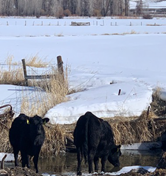
Recorded Webinar: Ag Irrigation Improvement Projects and Funding Sources
March 10, 2021
Presenters:
Gretchen Rank, Executive Director, Mancos Conservation District
Dave (“DK”) Kanzer, Deputy Chief Engineer, Colorado River Water Conservation District
Read the Highlights
